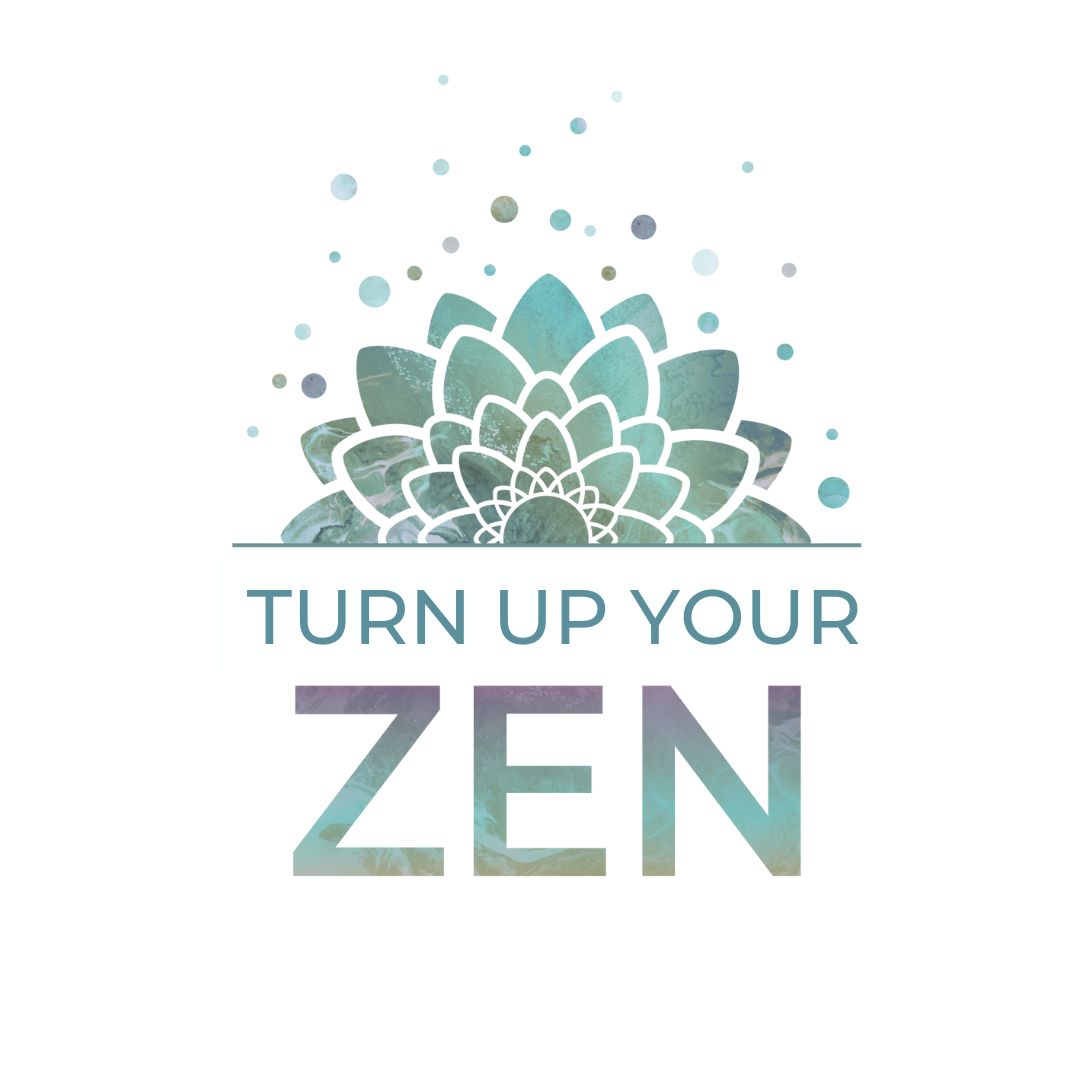Breaking down the ‘it-word’ of self-development
You’re not alone if you’re struggling to get a handle on what mindfulness actually looks and feels like. As a concept, the idea of being more aware or ‘mindful’ seems pretty basic, but without proper context it can quickly become abstract and unrelatable. Mindful of what, when and how?
Firstly, mindfulness can take many forms, and will mean something slightly different to each individual. And that’s ok, because part of being mindful is getting to know yourself better and understanding your own process of being. Part of what makes mindfulness so compelling (and sometimes confusing!) is that it serves a range of different needs. So let’s break it down:
1. It’s a state of mind.
Mindfulness is the ability to be fully present, aware of where you are and what you’re doing. It brings your mind’s awareness into this moment here, so you are less preoccupied with things that have happened previously or thoughts of anticipation about what the future will hold. This ability to be present to the moment now means you are less distracted, anxious, overwhelmed or prone to rumination. It invites you to be accepting, curious and kind, which help you become less reactive, judgement and resistant to what is happening now.
2. It starts with the body.
Whilst many people are familiar with the idea that meditation calms the mind, mindfulness actually begins and ends with the body. It involves taking the time to pay attention to where your body is in space and what is happening immediately around it. It’s a practice of actively controlling where your mind goes, bringing your focus back to your senses: what you can see, feel, hear, smell and taste. It also involves consciously choosing feelings like gratitude, compassion and kindness which are big, spacious emotions that we experience in our body.
3. It’s a practice.
A state of mindfulness can be cultivated by a series of proven techniques including:
- Mindful exercises like yoga, qi gong & tai chi;
- Seated, walking, standing and moving forms of meditation where the mind returns to sensations of the body;
- A reflective, deliberate pause we give ourselves during the day, whether its feeling the warm water in the shower, smelling the flowers in the garden or feeling the breeze against your skin.
Essentially, the practice is in remembering to be more mindful.
4. It becomes a lifestyle.
Although much of the scientific attention on mindfulness has linked it to the practice of meditation, mindfulness extends to any reflective behaviour that allows you to observe and subsequently experience positive changes in your life. The way you eat, sleep, communicate and take time for yourself and others can all become acts of mindfulness lived in your everyday.
5. It’s good for you.
Practising mindfulness is shown to help reduce stress and to enhance performance. It helps you to gain insight and awareness through the observation of your own mind and its activities, increasing receptivity to your own and others’ well-being.
6. It’s personal.
For mindfulness to have real meaning and longevity in your life, it has to be tailored to you. Mindfulness is a deeply personal process, so curating your practice to include habits that serve your individual goals – whatever they are – is an important part of the journey. In the work that we do at Turn UP Your Zen, we find that anyone who is struggling with issues from the past, or big feelings that are hard to deal with, overthinking, stress or inner conflict, mindfulness holds immense therapeutic benefits in conjunction with therapy and coaching. To get the most out of mindfulness, it is helpful to identify exactly what your goals are, by writing them down, or speaking with a friend or professional.
How to practice mindfulness:
1. What can you feel?
2. What can you see?
3. What can you hear?
4 What can you smell.
5. What can you taste?
You can practice this 5 sensory step anywhere, anytime by using the 5-4-3-2-1 method –
If you’re looking for some support on how to begin your own mindfulness practice, you can book a one-time or regular coaching session here.
